We have talked a lot about composition in the past, and there is a reason why. This is because we truly believe that composition is where the soul of any photograph resides.
Learning how to expose with a camera is just as meritorious as learning how to drive or even to write. Anyone can take photographs, but not all photographs are meaningful.
Composition is a huge asset in photography, and there has been a lot said about rules and even recipes about composition. But there is something that goes beyond rules and universal laws, and we are talking about core composition skills.
After a huge debate, we have concluded that there are three fundamental and core composition skills when it comes to “the act of composing”.
These skills should concern every photographer, no matter the years of experience. They can (and should) be developed in order to get closer to that desired goal of being a photographer that is able to create meaningful and compelling photographs. And of course, we are talking about those images have the power of sticking in people's mind for long periods of time, and in some cases, forever.
These three skills are:
- pre-visualization,
- anticipation
- timing.
But they sound like synonyms, you might be thinking, but we'll discuss them further.
The first thing that you need to understand is that these skills are embedded within every single frame that you make to greater or lower scales.
By being aware of them you'll be able to exercise in order to develop or fine tune them. The great thing about these abilities is that they are very well suited in all photographic genres.
1. Pre-visualization
Several iconic photographs have “seen the light” thanks to the ability their authors have had in terms of pre-visualizing a particular scene. This particular activity requires at first, observation and patience. Also, photographers need to develop a specific ability in order to anticipate a diversity of lighting scenarios.
Observation allows us as photographers to recognize shapes, space and certain graphic elements that nurture a scene in terms of aesthetics. And light anticipation will respond particularly to the intention (or the message) that we as photographers wish to convey in a photograph.
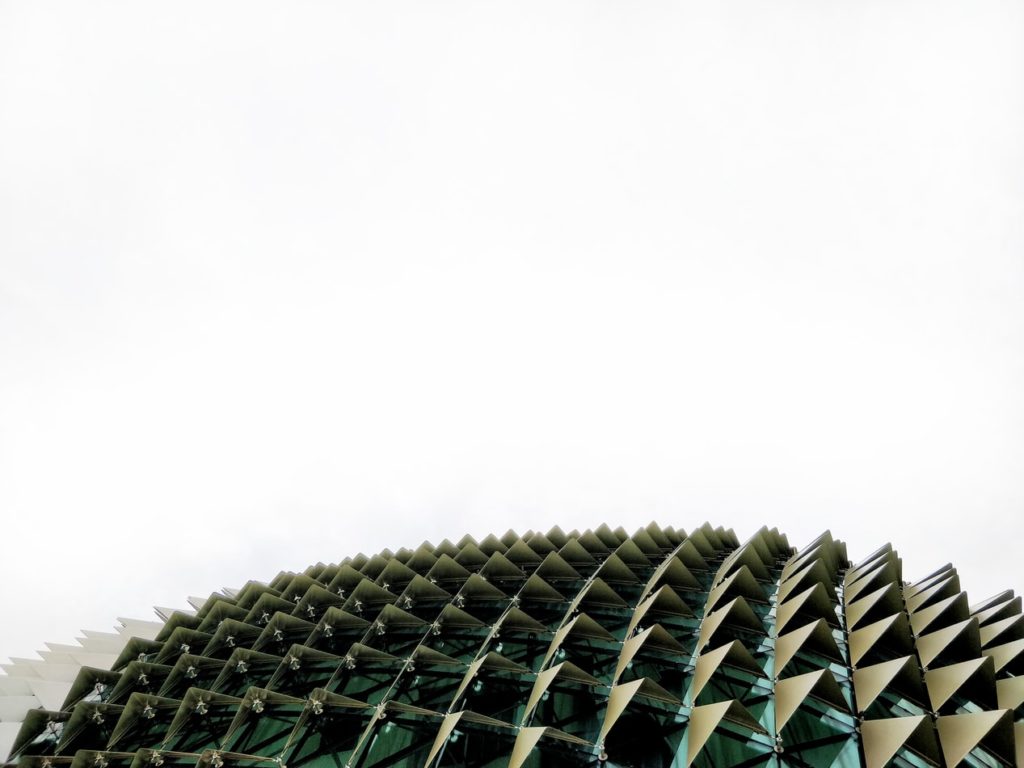
Try hard to pre-visualize the elements that will compose the scene and the light, and you'll get interesting photos that will go beyond mere snapshots.
Pro-tip: If you work with a fixed lens for long periods of time, for example, a year, you'll eventually reach a point at which the lens becomes an extension of your mind.
2. Anticipation
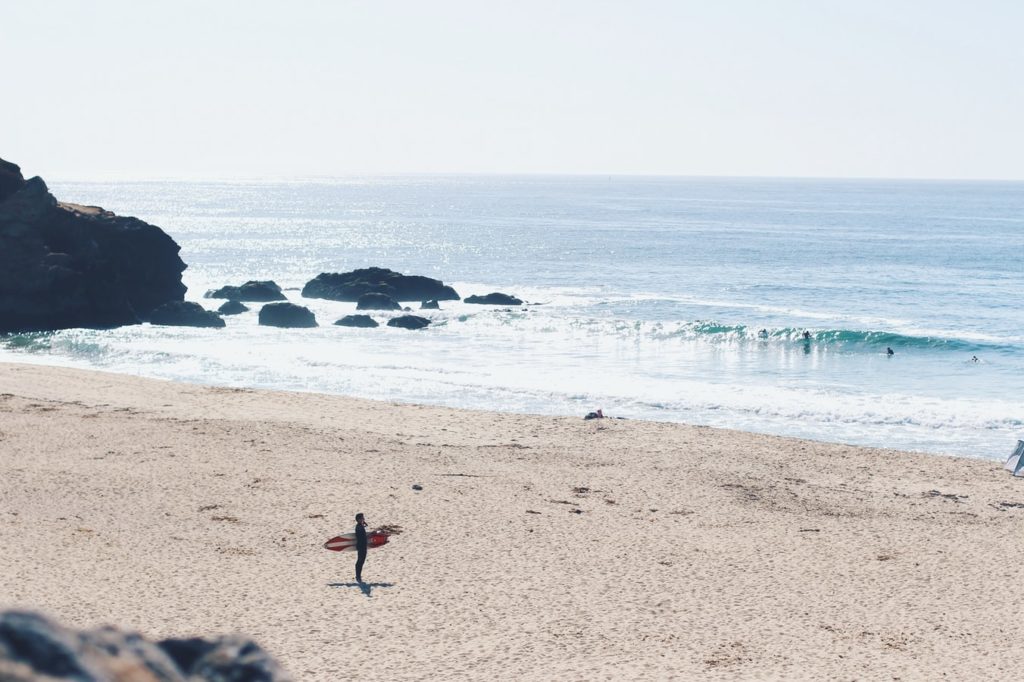
Anticipating is different to pre-visualizing because it implies a certain level of “habit” or “custom”. For example, if you are documenting a certain topic, you'll be able to anticipate some actions that could surprise someone else.
This requires high levels of constancy and practice, but after a while any photographer could be able to anticipate certain actions that are expected to happen under specific circumstances.
For example, if I were to be hired to shoot a wedding, it would be hard for me to capture expected shots since I haven't shot a wedding in years. So, I would definitely limit myself to the traditional shots and some random improvisations.
On the other hand, if I were to attend several weddings, I would understand those moments of wonder and I'd be able to anticipate certain common things that happen at weddings.
3. Timing
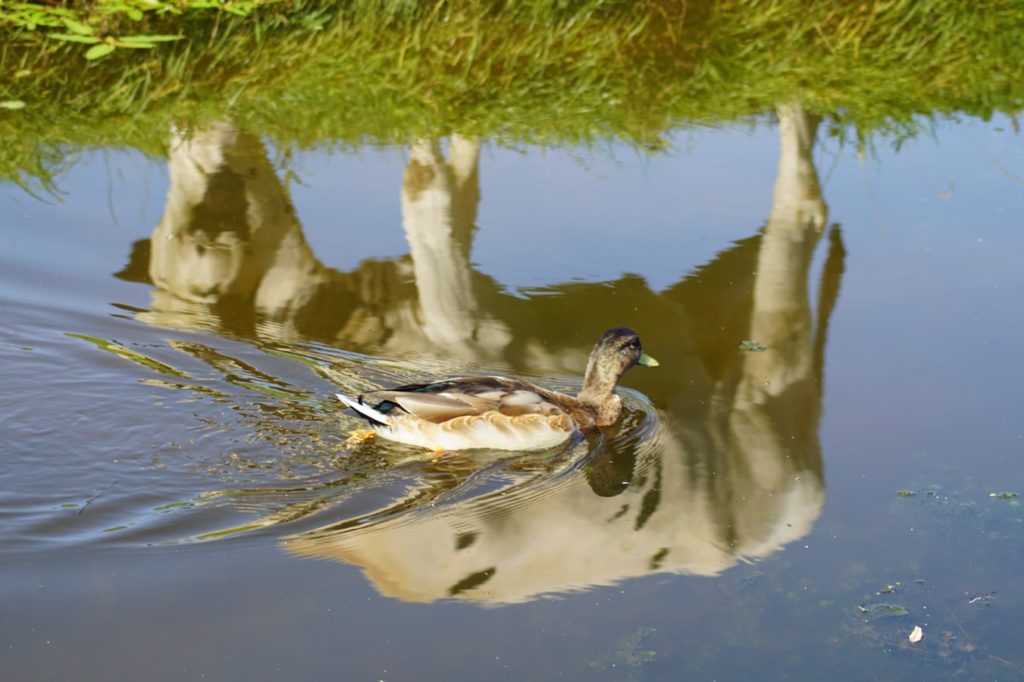
After you have created the scene in your mind, you need to be able to shoot the frame of the moment you are willing to capture. As a street photographer, I must confess, this is really hard because sometimes adrenaline gets in the way. This interferes and makes us press the shutter button way before or after the moment happens.
This corresponds with the famously commercial statement endorsed to Henri Cartier-Bresson (which wasn't that popular in his mind) about the Decisive Moment. If you are able to see the scene with your own eyes, it has fled away from your camera. You need to practice anticipating the moment before you are able to see it.
But don't get discouraged so quickly, you can always use burst mode in your cameras in order to avoid missing the moments you wish to capture. Some photographers like to use it, some don't. Personally, I don't like using it but hey, engineers have put a lot of effort into those features in your expensive camera, used them!
These three skills that we have shared with you are not something you'll learn from books by following steps. These are skills that need to be developed at individual levels, and only after conscientious and disciplined practice, will you start to handle them right.
How to know that you are handling them right? Easy, You'll be able to control your nerves and you'll be able to surpass the adrenaline rushes. This doesn't mean photography will become boring or uninspiring, this only means that you'll be able to capture things as (or almost as) you wish them to be in your camera.
Further Learning
We hope that this information will help you become a more passionate photographer, and if you are looking to take things even further with advanced composition choices, then take a look at Kent Dufault's excellent guide to Advanced Composition. In this guide, you'll discover concepts such as:
- Why the human eye is attracted to light objects over dark objects
- How to train your mind to simplify composition for professional results
- Why the use of repetition is so important
- How to tell a story through graphic elements
- Why your choice of aspect ratio can vastly affect a viewer’s reaction to your photograph





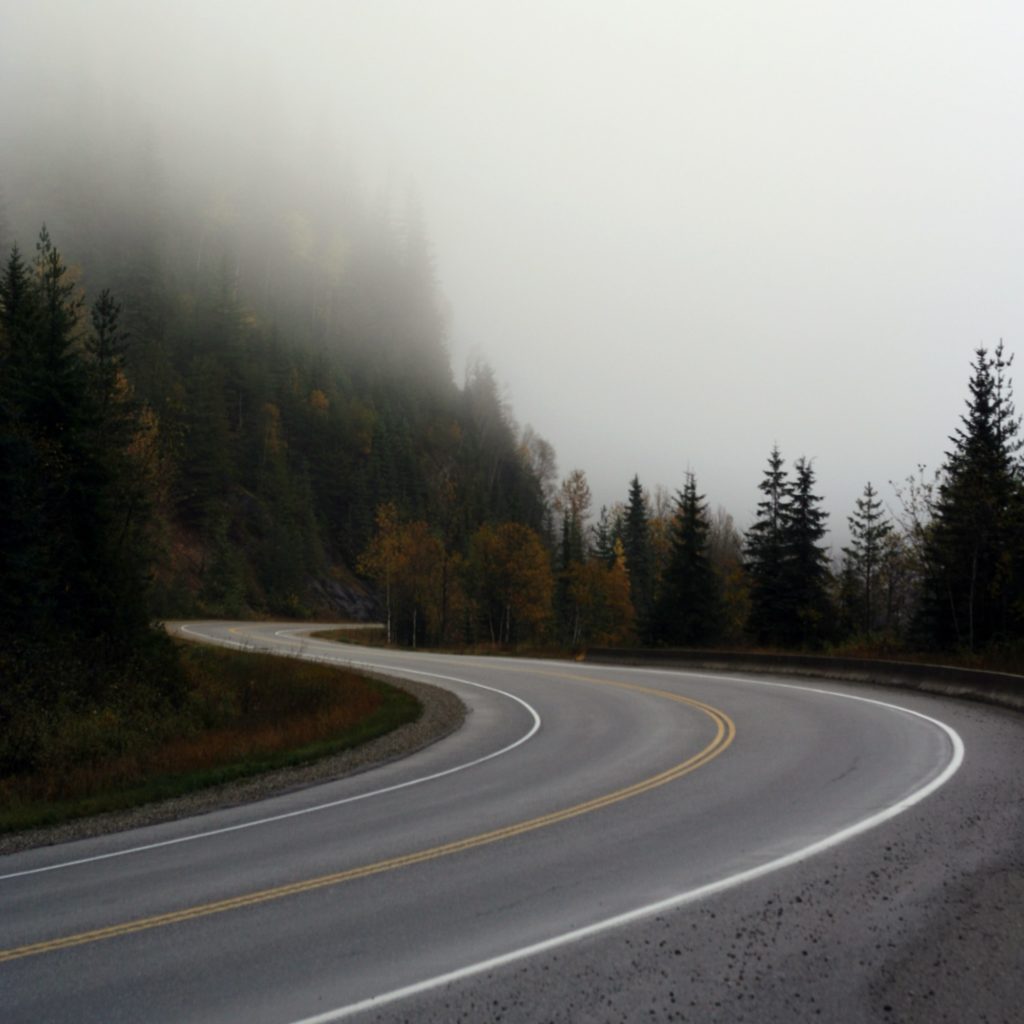
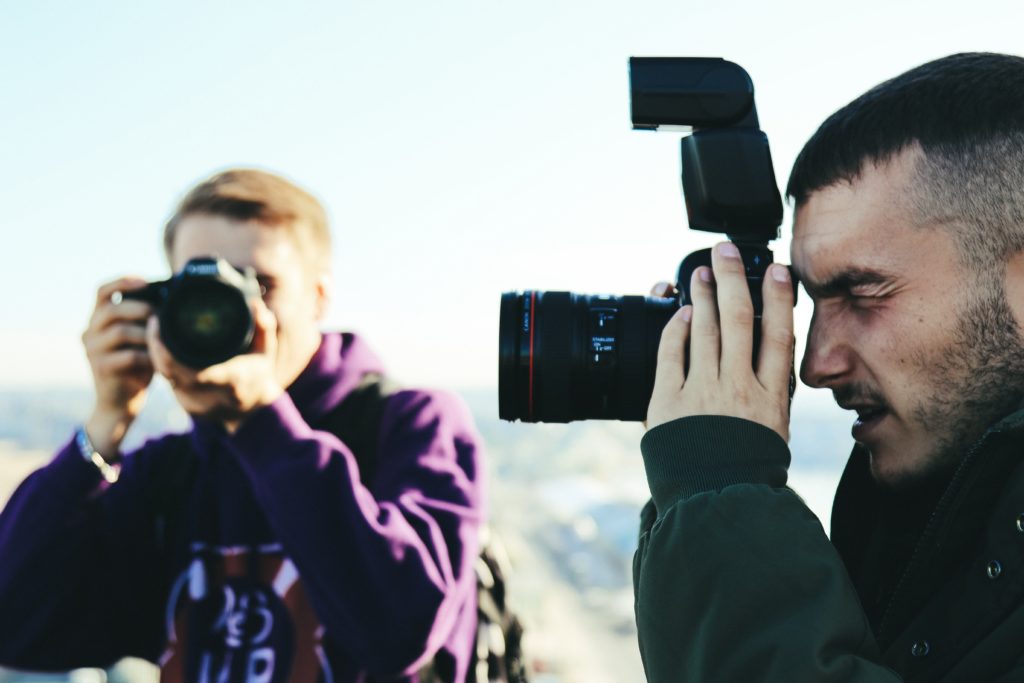
1 Comment
I couldn’t agree more.
Anticipation requires that the photographer have a deep understanding of what’s happening, and has some ability to predict what WILL happen. This ability / knowledge comes with practice and an INTIMATE knowledge of the subject.
No amount of cash invested into gear can accomplish that.
To me, this is a great part of why I’m attracted to photography as a hobby.